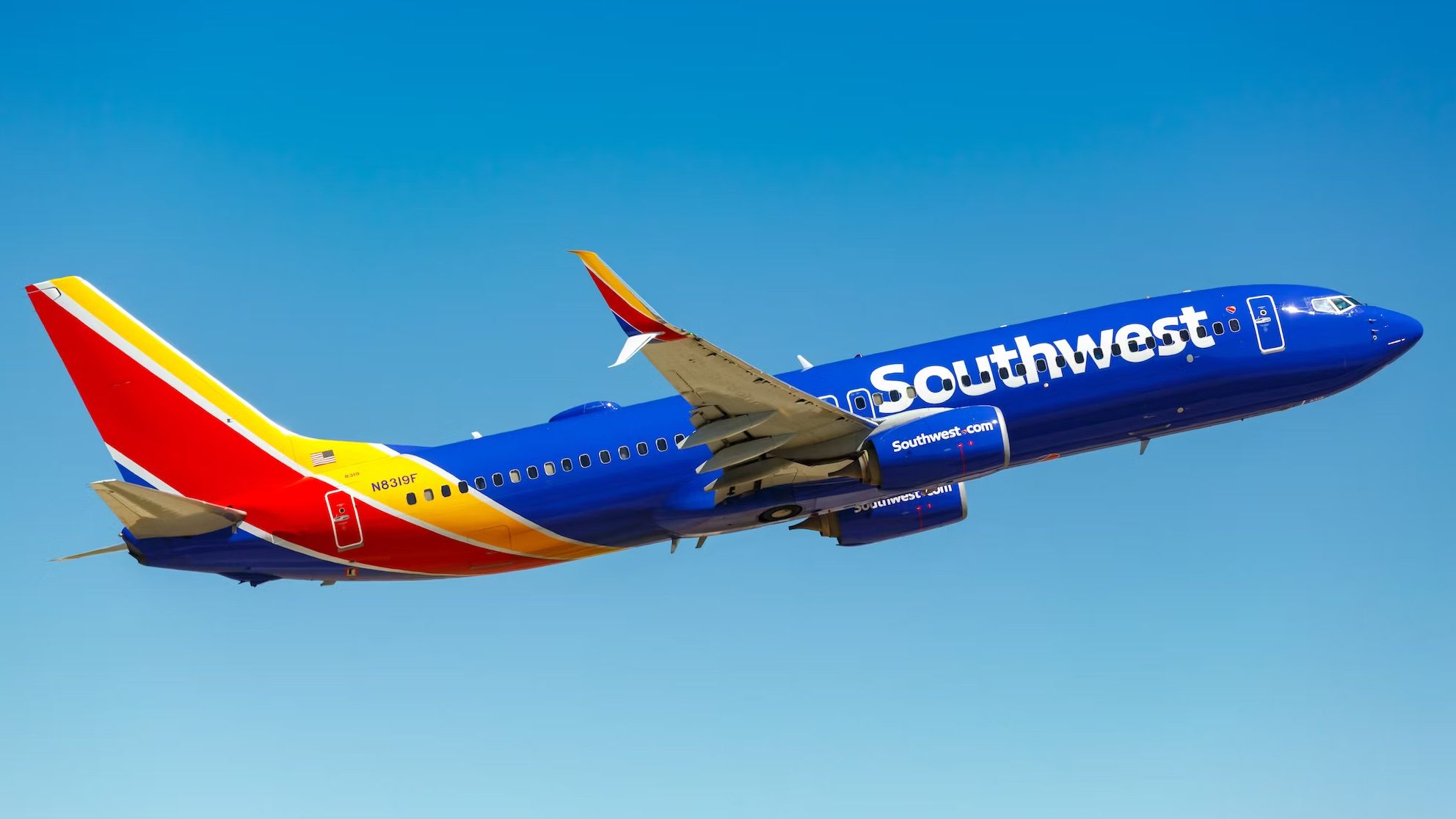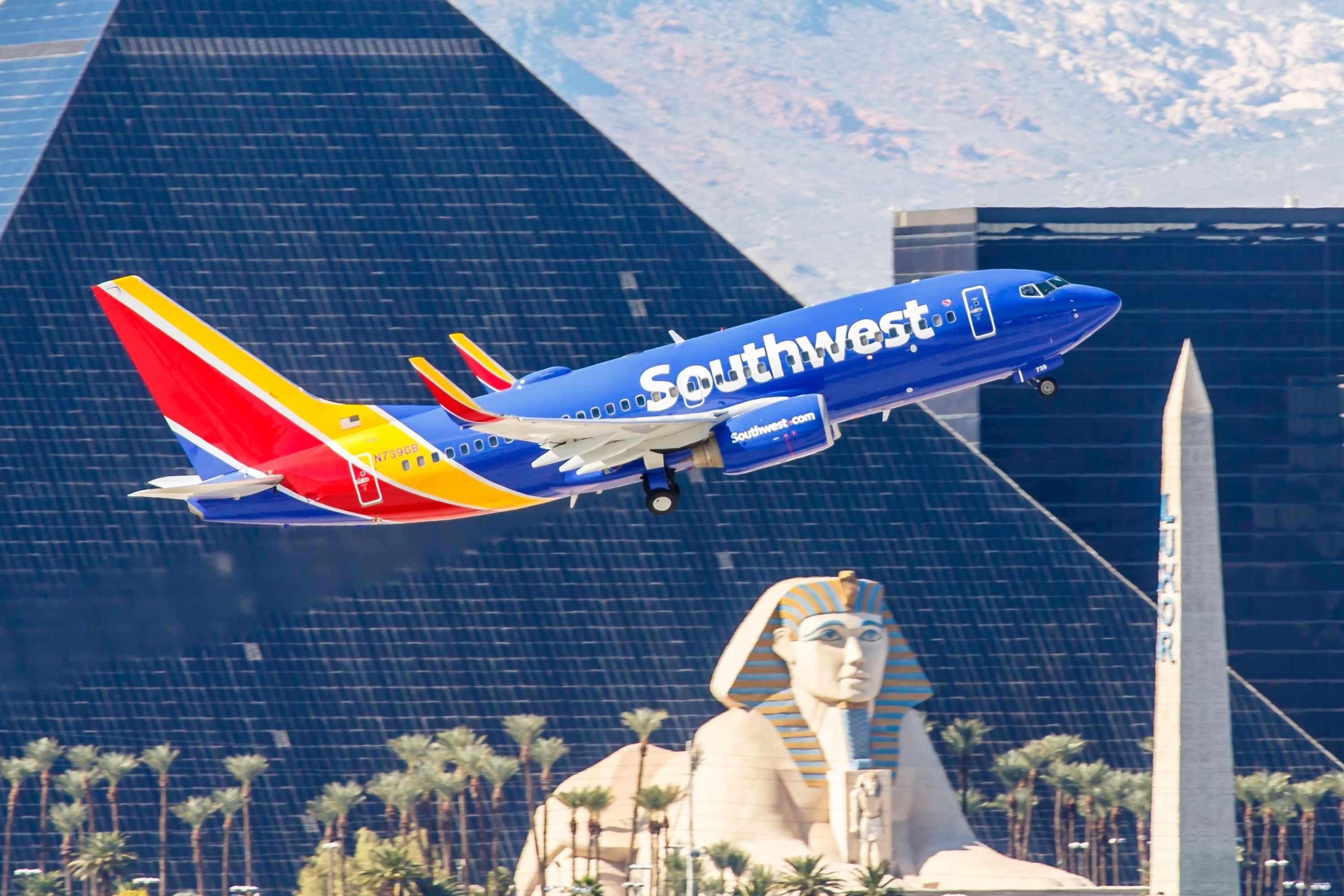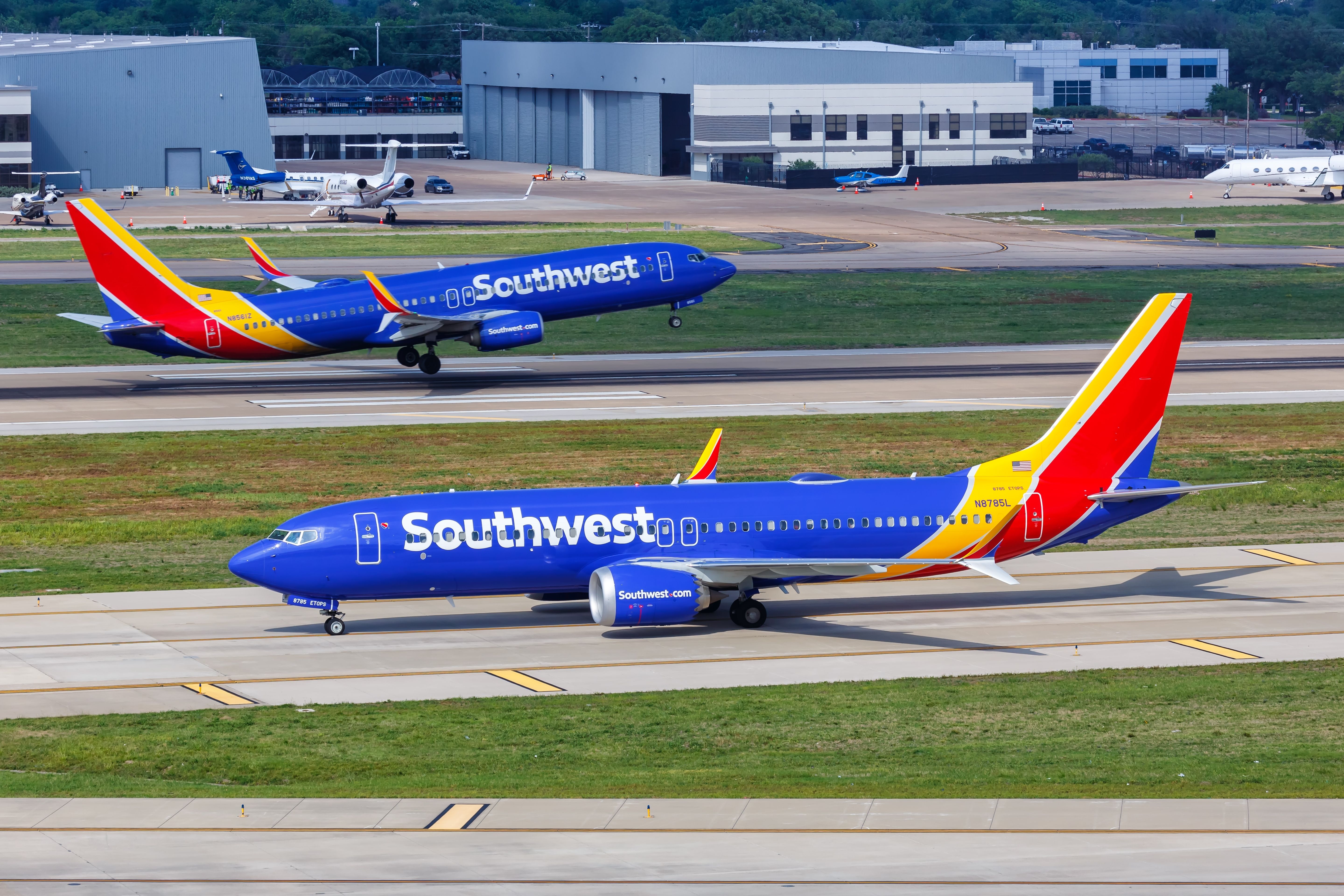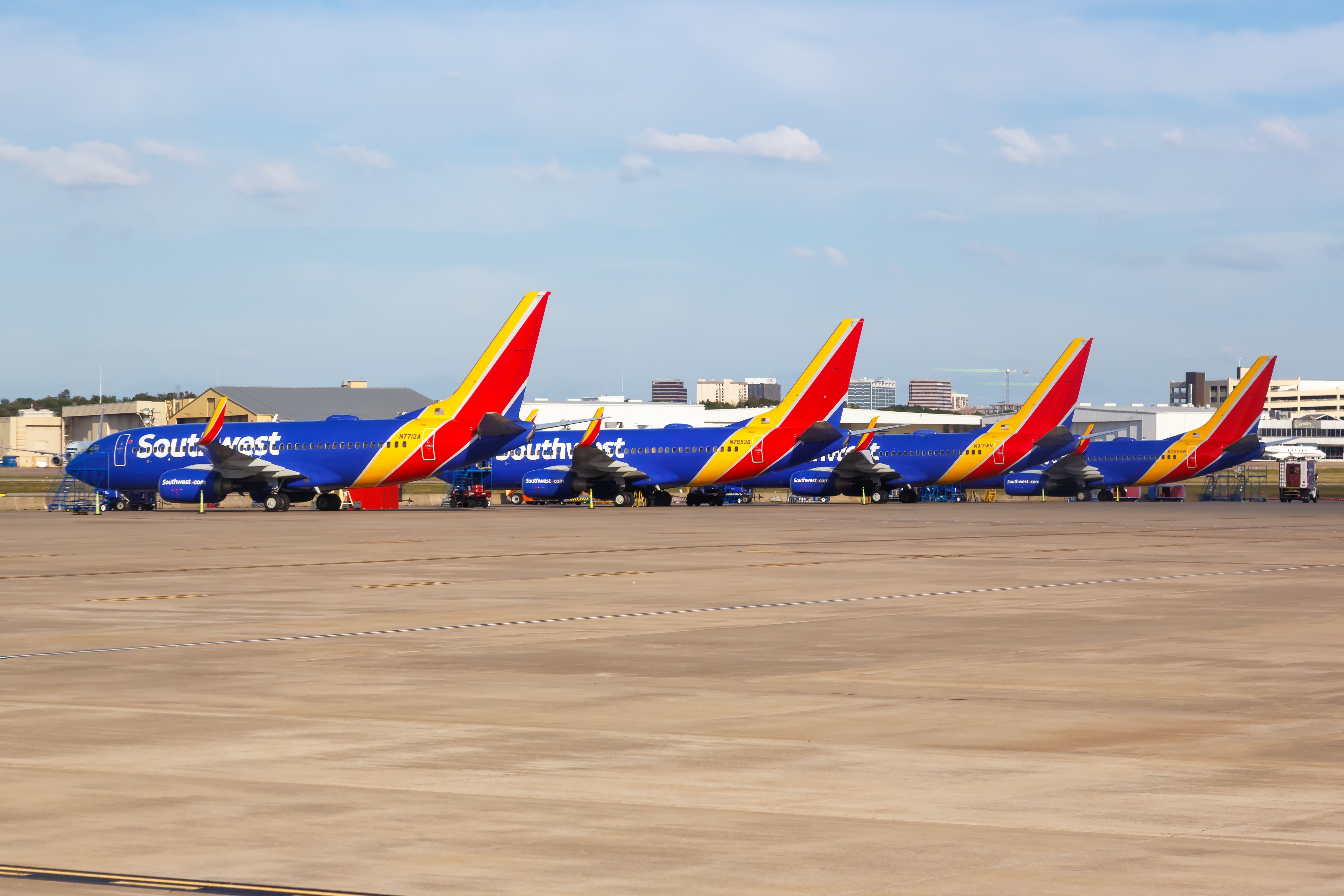Summary
- Southwest Airlines has updated its sustainability strategy to achieve net-zero carbon emissions by 2050.
- The airline’s goals include reducing carbon emission intensity by 50% by 2035, replacing 10% of its fuel with sustainable aviation fuel (SAF) by 2030, and decreasing energy utilization at its Dallas headquarters by 50% by 2035.
- Southwest has already taken significant initiatives in 2023, collaborating with Boeing, NASA, and other carriers for sustainable flight demonstration, partnering with General Electric (GE) Research for data collection on aviation-induced cirrus clouds, and signing a long-term agreement to purchase SAF from USA BioEnergy, LLC.
Southwest Airlines has made some updates to its sustainability strategy as it looks to achieve net-zero carbon emissions by 2050. The airline has unveiled its new plan and also revealed the various initiatives it has taken this year alone.
Three-pillar strategy
Southwest has revealed the changes it has made to its sustainability roadmap that aims to achieve net-zero carbon emissions. The carrier’s updated plans include a three-pillar strategy for a more holistic approach toward sustainability. These are:
- Carbon: To address carbon emissions from fuel usage as well as operational methods. The use of sustainable aviation fuel (SAF) and electrification of ground support equipment will fall under this category.
- Circulatory: This includes all the efforts in sourcing, recycling, and upcycling products.
- Collaboration: The airline will join forces with organizations that share the same vision for reduced carbon emissions.
Photo: Eliyahu Yosef Parypa I Shutterstock
Helen Giles, Managing Director Environmental Sustainability at Southwest Airlines, commented,
“We’re working toward our decarbonization goals by modernizing our fleet with more fuel-efficient aircraft and securing sustainable aviation fuel (SAF), while also furthering our sustainability initiatives in the near-term.
“Our People and Customers care about our Planet, and we continue to take action to address aviation’s impact on the environment, while collaborating with our suppliers, local and national government, and other organizations.”
Updated goals
Southwest’s larger sustainability goals include achieving net-zero carbon emissions by 2050 and reducing the carbon emission intensity by 50% by 2035. It also wants to replace 10% of its fuel by SAF by 2030 and bring down the energy utilization index at the Company’s Dallas corporate headquarters by 50% by 2035. The airline’s updated goals include:
- Electrification of 50% of eligible ground-handling vehicles by 2030.
- Saving 50 million incremental gallons of fuel by 2025 and an overall aim of saving around 1.1 billion gallons by 2035.
- A reduction of single-use plastic use from inflight use by 50% by 2025 and eliminating them by 2030.
Photo: Markus Mainka | Shutterstock
Initiatives in 2023
To put its plan into action, Southwest has already engaged with several stakeholders in the sustainability world and has taken several initiatives this year alone. In July, it collaborated with Boeing, the National Aeronautics and Space Administration (NASA), and other US carriers to advise the Sustainable Flight Demonstrator project and development of the X-66 research aircraft.
Photo: Markus Mainka | Shutterstock
A month later, it partnered with General Electric (GE) Research and extended support to a Department of Energy-funded grant for the development of a system that could predict aviation-induced cirrus clouds that last more than five hours by collecting various kinds of data.
And to further its commitment to SAF, Southwest signed a 20-year agreement to purchase up to 680 million gallons of neat SAF from USA BioEnergy, LLC in October.
What do you think about Southwest Airline’s sustainability plans? Please leave a comment below.





.jpg)